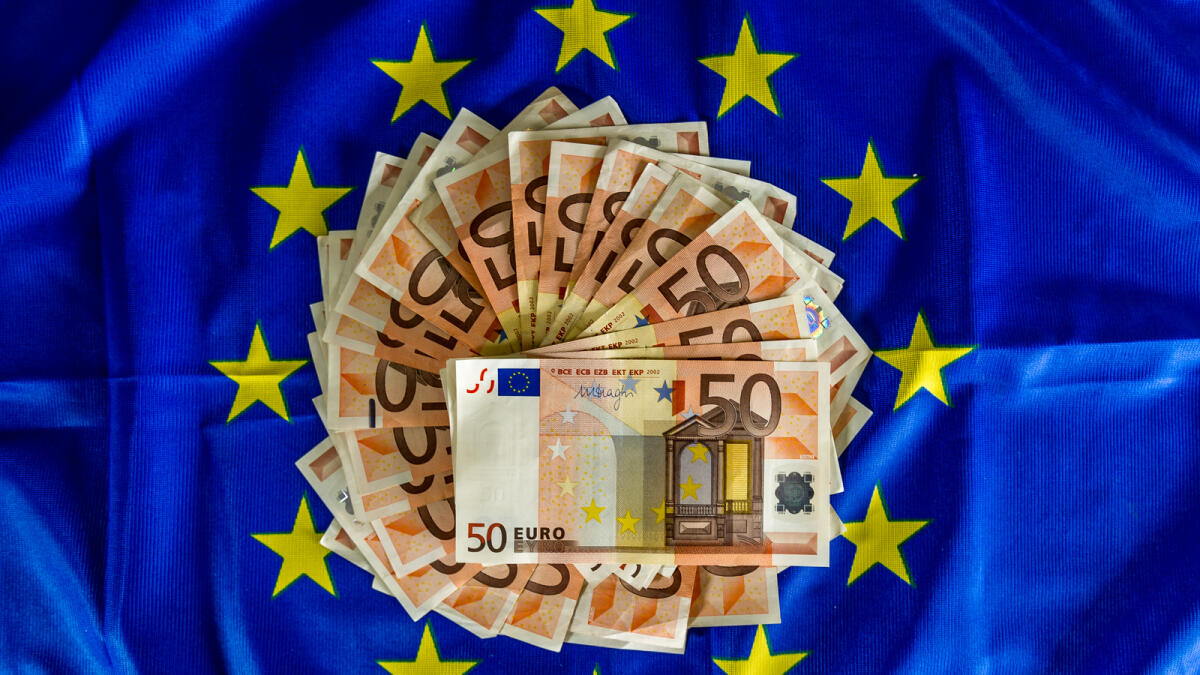The dollar lost ground against major peers on Wednesday as the US consumer price index showed inflation is subsiding, reinforcing expectations for Federal Reserve interest rate cuts. The report revealed a moderate rise in CPI in July with annual inflation slowing below 3 percent for the first time since early 2021. This development adds to the expectation of a rate cut next month, albeit likely less aggressive than initially hoped for by markets.
The mild increase in producer prices in July suggests that inflation is on a downward trend, giving the Fed room to focus on the labor market amid concerns of a possible slowdown. Analysts believe that the current CPI figures support the Fed’s goal of reaching a 2.8 percent PCE target by the year’s end, paving the way for a rate cut in September. The euro reached an eight-month high against the dollar, rising to $1.1031, while the dollar index fell to 102.4.
Traders had already anticipated a rate cut in September but increased bets for a larger 50 basis-point cut after the release of producer price data. Sterling failed to gain traction against the weaker dollar, remaining down at $1.2854 following data showing lower-than-expected British consumer price inflation. The pound softened against the euro, which was up at 85.84 pence, as financial markets priced in a 44 percent chance of a quarter-point BoE rate cut in September.
The New Zealand dollar experienced a decline after the Reserve Bank of New Zealand reduced the cash rate by a quarter point, its first easing since early 2020. Japanese Prime Minister Fumio Kishida’s decision not to run for reelection had little effect on markets, with the yen trading at 146.7 against the dollar. Analysts expect aggressive monetary easing globally over the next year as evidence of elevated inflation diminishes, putting pressure on the US dollar.
Overall, the recent data on inflation and expected rate cuts by the Federal Reserve have led to a weakening dollar against other major currencies. With the euro reaching an eight-month high and the US Dollar Index breaking down, the greenback may face continued pressure. As central banks around the world consider easing monetary policy, the focus shifts to how these decisions will impact currencies and global economic conditions. It remains to be seen how the markets will react to upcoming rate decisions and economic data releases in the coming months.










